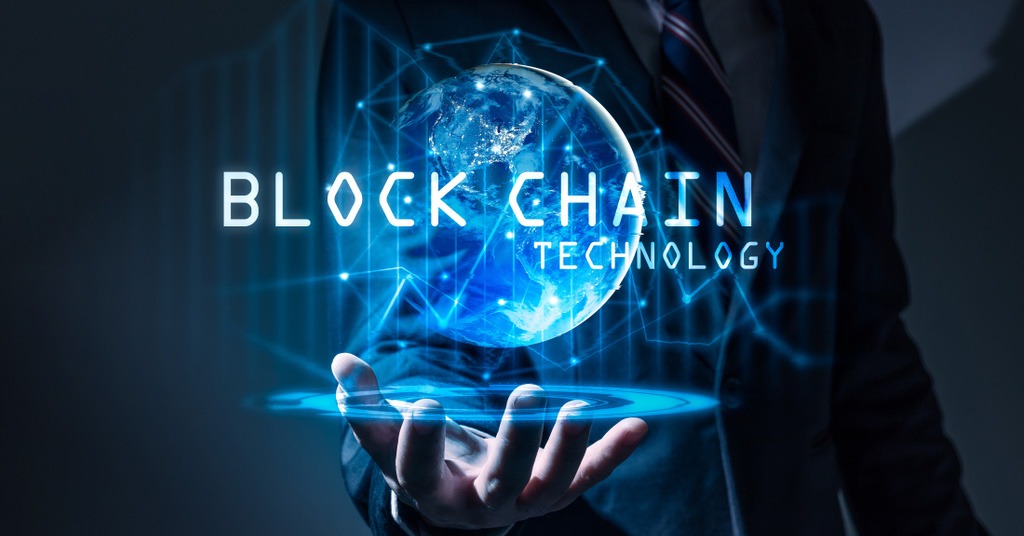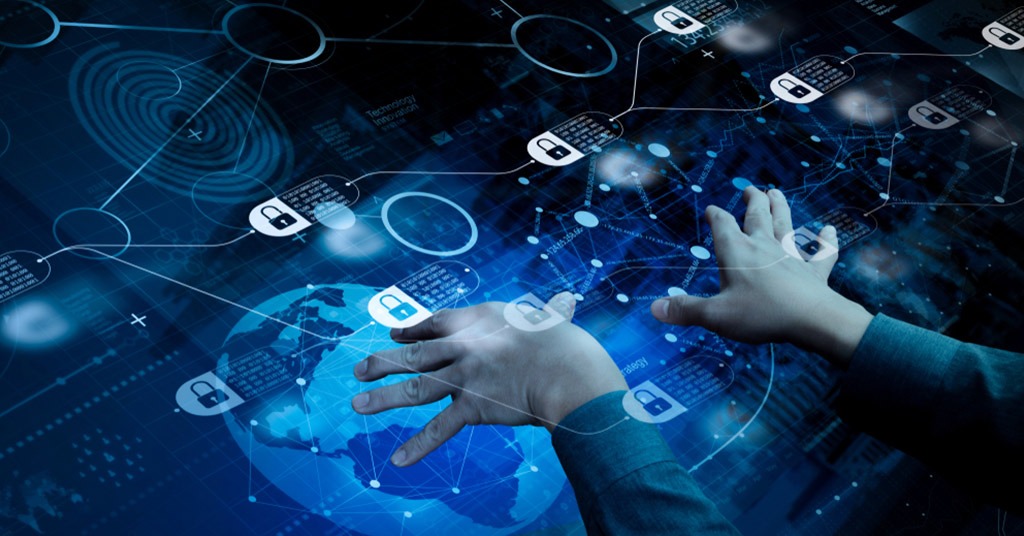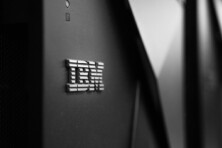Wonder what Blockchain is and how it works? Check out this article!

What is blockchain? Source: shutterstock.com
In basic terms, blockchain is a combination of two words – “block” and “chain”, which means a chain of blocks. Moreover, it’s not just a randomly generated chain, it is a rigorous sequence. You may ask what these blocks and chains are. Blocks contain transaction and contract data inside the system presented as cryptographic information. These blocks develop the chains, which means they are connected. If you need to create a new block, you have to read the data from the previous blocks.
The data is accumulated and forms a database. The best thing about this database is that no one can delete or change anything inside this database nor substitute any of the blocks.
How does the process work: a simple example
Let us suppose that person A needs to send some money to person B. All transactions jump into this network, and data is transferred into these blocks.

Each of the blocks contains a number and hash of the previous one. All the blocks are sent to all the system members (also known as nodes) for verification. If there are no mistakes, all the nodes add this new block to their part of the system. Only after that is this new block added to the “main” system. Finally, money has been transferred. That’s the way how blockchain works.
In simple words, blockchain is a mathematical model, which processes, secures, and finalizes transactions.
Blockchain and bitcoin
![]()
Let’s remember that the first practical implementation of blockchain technology was bitcoin. Thus, bitcoin is considered as a currency (cryptocurrency, to be accurate), while blockchain is the underlying technology
If a user understands how blockchain works, they automatically understand how bitcoin works and what it’s good for.
Practical use
All the abovementioned features provide users really cool perks. First of all, transaction participants cannot scam each other. Furthermore, the scheme does not require any kind of intermediaries (i.e. banks). What’s more, there is no central node, destroying which could disrupt/cripple the entire system. All operations are transparent to its participants since all data is entered into one database.
Here are the most popular and promising areas for blockchain use:
- Ownership (copyright);
- Different operations with raw materials and goods;
- Authentication, confirmation of access rights;
- Data management;
- Means of electronic voting;
- Online games.
The recent transition of private/state-owned companies to Internet technologies makes it possible to integrate blockchain into the existing infrastructure without visible transformations. Implementation is possible through changing internal data storage algorithms, providing access to them. If you prefer to keep the old interface, the owners of personal accounts will not even notice the difference, experiencing only a noticeably increased speed of the resource.
As we’ve already mentioned above, blockchain is the basis of cryptocurrencies (both Bitcoin and altcoins). Thus, we would like to consider different areas of blockchain use in more detail. It is worth mentioning that blockchain is often referred to as distributed ledger technology, and for a good reason. Distributed ledger technology (DLT) is a digital system for rесording the trаnsаction of аssets in which the trаnsаctiоns and their dеtаils are rесоrded in multiрlе plаces at the same time. Distributed lеdgеrs hаvе no сеntral dаtа stоrе or administration functiоnаlitу.

Is it really safe to use blockchain? Source: shutterstock.com
Basically, blockchain is (probably the best-known) type of distributed ledger technology since it bundlеs trаnsаctions intо blосks thаt are сhаinеd tоgеther, and then brоаdсаsts them to the nоdеs in the nеtwоrk.
Thus, the distributed data storage system is of great interest to banking institutions, government organizations that provide general access to databases such as medical records, and pension accruals services. Smart contracts are another interesting way to use the system since they can cut a lot of legal red tape out of the many processes. For example, the e-notary service Stampery certifies transactions using blockchain. Talking about copyright and personal data, we cannot but mention such services as Civic and UniquID Wallet that allow users to create digital IDs, which are impossible to fake. Both services use blockchain and biometrics.
In general, as of today, blockchain is used in numerous areas, and the list of areas is getting longer and longer. People use the technology even in such industries as diamond and gold trading, the creation of energy distribution systems, and presidential/parliamentary voting systems.
Is it really safe to use blockchain?
Well, jumping ahead, we’d like to answer the question, so yes, it is safe to use blockchain. A key feature of blockchain technology is the decentralization of the system. If a database, for example, is located on a single server, then it can be hacked even if it is protected somehow. None of the similar scenarios are possible with blockchain. In simple terms, there is nothing to hack. Therefore, trying to steal the private keys of individual users is the only real option left.

Learn what Blockchain is and how it works. Source: shutterstock.com
And that is one of the reasons for introducing blockchain in the financial sector (it is the security we are talking about). So, the transmittable files are protected by blockchain, and despite the probability of access to them by an unlimited number of people, only the user with the keys (that were transferred to him/her) can read the contents. The method of copying the security code is the only remaining weak link. Here is where the system faces a so-called “human factor”, or human error.
Let’s say you are making a payment. At this point, the recipient sees the amount, date of transfer, and other information, but they cannot use the funds until they receive the code. Technically, such a transfer of blocks is completely safe. Many computers can participate in the process, and each of them will contain a full copy of the block. If a failure occurs at one of the stages, it will be enough to disconnect the “damaged link” and transfer the block again.
Blockchain and the government
In various countries, blockchain technology is often discussed at the state level. Some of them are talking just about Bitcoins and other cryptocurrencies, while other states are trying to implement it in the banking system, including the issue of international transfers. Legally, blockchain is not permitted in some countries. Moreover, some officials believe that cryptocurrency (and consequently, blockchain) is used for illegal trade (referred to as illicit markets).
On the other hand, some officials believe it will be possible to create advanced money transfer systems and international databases. Such a publicly available resource could help to promptly notify colleagues and business partners about fraudsters or create black/white lists” of counterparties.
Overall, blockchain can solve some vital issues, even if we are talking about a global scale:
- Significant reduction of time taken to handle financial procedures;
- Reduction of material costs since there is no need for powerful servers and expensive data storages;
- Reduce the monopoly power of large companies that try to manipulate the market (due to huge capital).
SEE ALSO:









